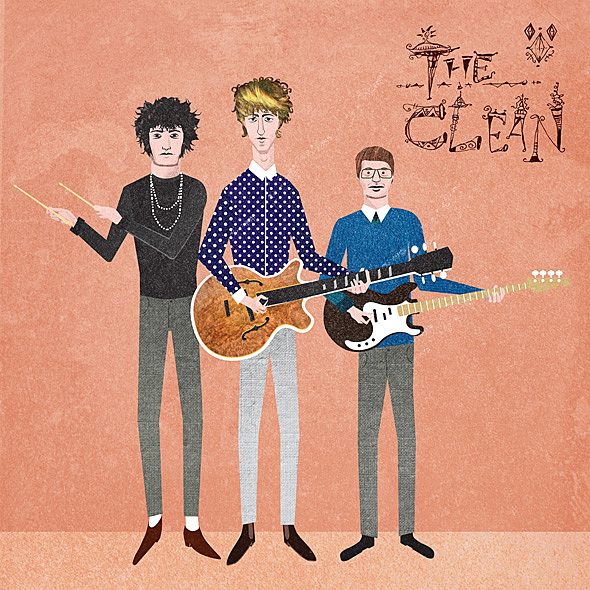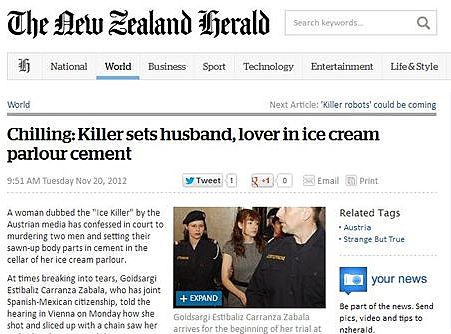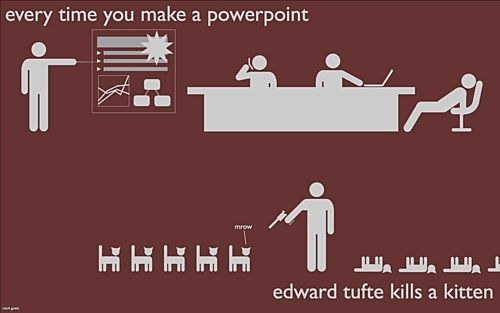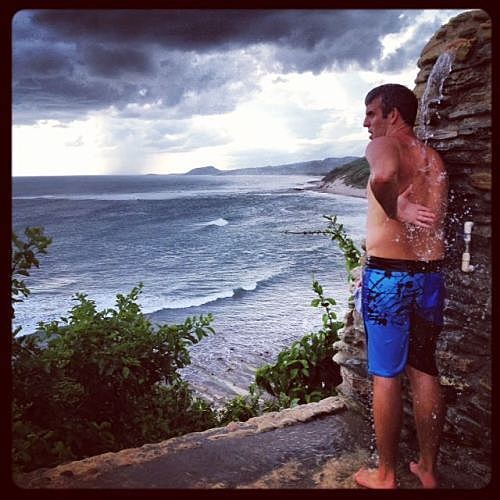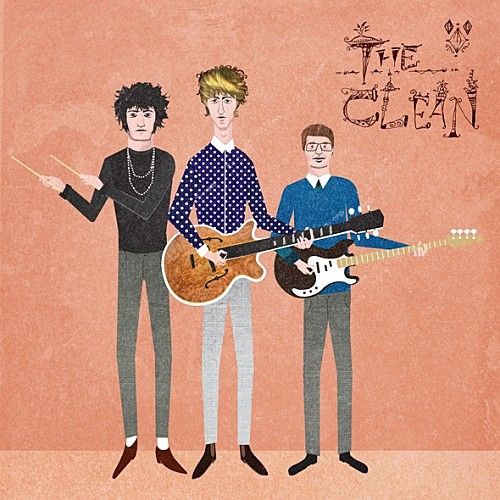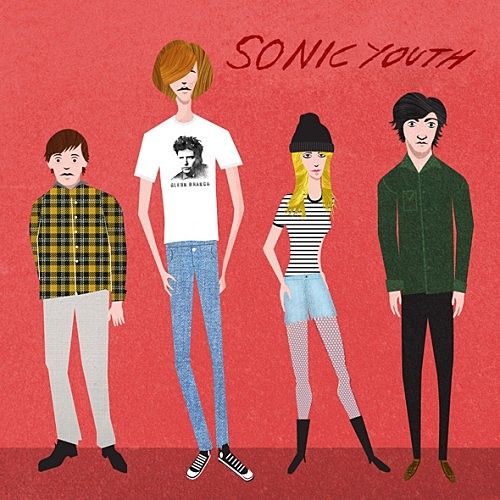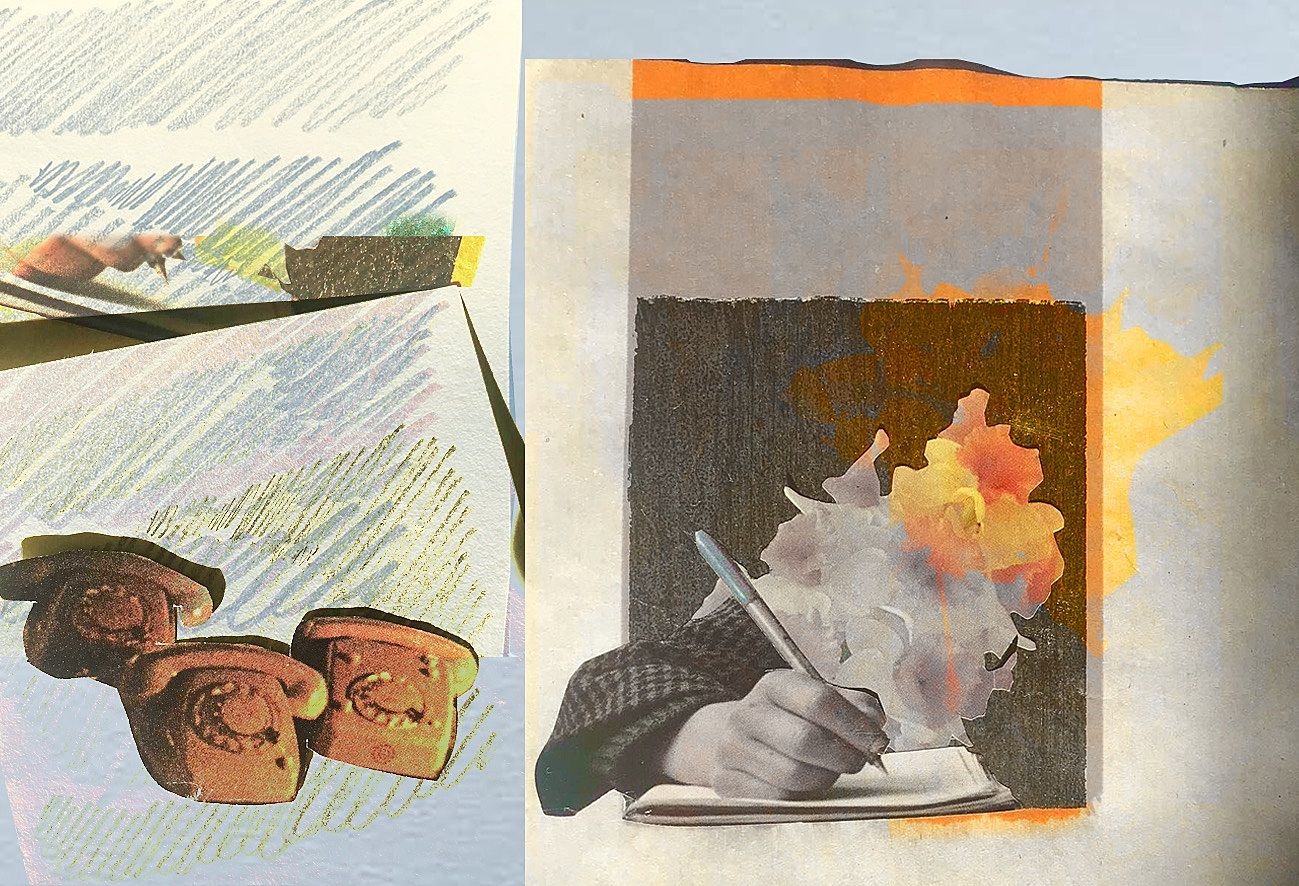Internet Histories | 26 November
Ice truck killers, social media insurgency, the best thing on love and grief we've read in a while, the Illuminati, illuminated and a catalogue of New Zealand cartoonists and cartoons
This Fortnight:
Ice truck killers | Social media insurgency
The best thing on love and grief we've read in a while | Information design and fiction
An illustrated A-Z of underground heroes | The Illuminati, illuminated
A catalogue of New Zealand cartoonists and cartoons
and
a very warm welcome to Josh Drummond
Josh:
Following the US election, many of us were riding a wave of delicious Schadenfreude. I know I was - enough to fill the column I write for a local newspaper with actual quotes from right-wingers driven over the cliff by Mitt Romney's loss. Like most delicious things, you can have too much of it, and an article over at Slate lambasting liberal gloating in the wake of Barack Obama's election victory makes a pretty sharp point.
If there is one thing in this whole country that liberals and conservatives can agree on, it’s that we live in a deeply polarized, angry, divided nation. Social media seems to encourage blasting our basest feelings to everyone we know, and it’s caused some of us to totally mute our human sense of empathy. If I had logged into 2012-style Facebook and Twitter at the depths of my own political despair in 2004, I can only imagine how painful it would have been to be see strangers and friends alike basking in my pain.
That being said, somewhere on the far side of Schadenfreude there are the wonders of World Net Daily, or World Nut Daily as it is semi-affectionately known in certain sections of the internet. World Net Daily is like the Matrix circa 1999: you have to see it for yourself. Visit, and you'll witness the bizarre parallel universe of the US Religious Right in all its worrying glory. The closest thing to a corollary we have in New Zealand is Investigate magazine. World Net Daily, and its editor Joseph Farah (who has been writing a daily column for over a decade - I think this alone would break most minds) bears a great deal of responsibility for the rise of the Tea Party. World Net Daily is also where you can trace the beginnings of the conspiracy theories about Barack Obama's birth certificate. It's where Chuck Norris' writings are published. It also plays host to lesser-known commentators like Molotov Mitchell, president of Illuminati Pictures presenter of this election prediction video, which he was bold enough to record before the US election and release afterwards.
While World Net Daily does a roaring trade in baseless conspiracies where each debunking only digs the rabbit hole deeper, Wikipedia has the real dirt - actual conspiracies which are nearly as peculiar as anything the David Icke people can come up with. The Wiki article on the declassified Operation Northwoods, which outlines how the US Government came horrifyingly close to carrying out terrorist attacks against itself as a pretext for invading Cuba, is required reading.
Closer to home, and blessedly unaffiliated with the Christian Right or mad conspiracies, is cartoonist Dylan Horrocks' wonderful new project – a catalogue of New Zealand cartoonists and cartoons, which showcases New Zealand comics talent both ancient and modern. Of particular interest are the profiles of some of New Zealand's comic book pioneers, including Eric Resetar, whose art was rediscovered shortly before his death. This from the Auckland Art Gallery:
[Eric] was living in a tiny clutter filled pensioner flat in Onehunga and was quite bemused by being the centre of attention for a few weeks. He famously made comics while still a teenager during the war, with help from his brother Ian who saw his younger brothers talent and passion. Inspired by Buck Rogers he created Crash Carson, and most famously, Crash O’Kane, an All Black on Mars, selling up to 10,000 copies of his titles, many to American GI’s.
For anyone interested in following the often eclectic world of New Zealand comics, From Earth's End and the Pikitia Press are great starting points.
Matt:
Last week a friend showed me http://badcopynz.tumblr.com/, where terrible headlines from around the country go to get mocked. Whenever I see a New Zealand site do something awesome like this, I feel a weird frisson of irrational pride. Perhaps this is how Americans feel all the time when they visit eBay.
This is a cool thing from Futility Closet:
When a magnitude 6.8 earthquake shook Olympia, Wash., in 2001, shopowner Jason Ward discovered that a sand-tracing pendulum had recorded the vibrations in the image above. Seismologists say that the 'flower' at the center reflects the higher-frequency waves that arrived first; the outer, larger-amplitude oscillations record the lower-frequency waves that arrived later.
The pictures we usually see in fundraisers are of poor African children. Hunger and poverty is ugly, and it calls for action. But while these images can engage people in the short term, we are concerned that many people simply give up because it seems like nothing is getting better. Africa should not just be something that people either give to, or give up on.
The truth is that there are many positive developments in African countries, and we want these to become known. We need to change the simplistic explanations of problems in Africa. We need to educate ourselves on the complex issues and get more focus on how western countries have a negative impact on Africa's development. If we want to address the problems the world is facing we need to do it based on knowledge and respect.
The apparently-sudden escalation in the Gaza Strip last week was incredibly disturbing, and that the IDF and Hamas used social media as propaganda tools (the IDF much more successfully than Hamas; they’ve actually got a budget line for it, after all) is predictable, but still chilling.
If we can’t trust Facebook and Twitter to disseminate objective truth, there’s only one place for it: Wikipedia. Despite the ‘neutrality of this article is disputed’ warning atop the Operation Pillar of Defense page, it’s ostensibly impartial, even if the page is about twice as long as the one describing the history of the Earth. This truthiness comes at a terrible cost, however: an equally long talk page discussing every facet of the article’s construction. It’s a fascinating, constantly-updating picture of what counts as globalized truth.
This longish (but way readable) article makes the point that the internet has turned from a feverish, monstrous place in its early days, to a hysterically ‘nice’ playground today (and therefore argues directly against the Slate article Josh linked to).
On a related point, last week was a busy one for Anonymous, who hacked several Israeli websites (and changed the Israeli Vice Prime Minister's Facebook cover photo to some ‘Free Palestine’ graffiti, above) as well as coming to the rescue of a teenaged American girl who was getting bullied online. If this is what 21st century hacktivism looks like, well, good.
This image has been doing the rounds – the citric acid from the orange powers a very faintly glowing light source. The photo was exposed for 14 hours.
Joe
(Photo credit: William Eggleston)
Tip of the hat to Madeleine Holden for the one thing I’ve read in the fortnight that’s simply floored me. Cheryl Strayed’s ‘The Love Of My Life’ isn’t a new piece (it first appeared online a decade ago, and probably pre-dates that in print), but its treatment of love, grief and how the intersection of the two can consume us is timeless. Strayed’s mother died weeks after a diagnosis of cancer when she was only 22, newly married, and yet to graduate. Her actions and decisions after that are best read in context, rather than in any summary, not least because some of what she does is what we like to call ‘indefensible’ in polite conversation. Or, as she puts it:
“WE ARE NOT allowed this. We are allowed to be deeply into basketball, or Buddhism, or Star Trek, or jazz, but we are not allowed to be deeply sad. Grief is a thing that we are encouraged to “let go of,” to “move on from,” and we are told specifically how this should be done. Countless well-intentioned friends, distant family members, hospital workers, and strangers I met at parties recited the famous five stages of grief to me: denial, anger, bargaining, depression, and acceptance. I was alarmed by how many people knew them, how deeply this single definition of the grieving process had permeated our cultural consciousness. Not only was I supposed to feel these five things, I was meant to feel them in that order and for a prescribed amount of time."
A lot is undone and destroyed in the aftermath. It gets hard to read, but not for a moment do you want to stop. I was practically leaning forward at my desk by the end of it, shaking and holding out for some sort of redemption. It’s not a spoiler to say Strayed doesn’t give us this in the conventional sense, but the entire piece is still cathartic, uncomfortable, and ultimately right.
I’ve never encountered Strayed before this, but the events of ‘The Love Of My Life’ have now found their way into her first long-form memoir, and in June 2012, it become a flagship ‘Oprah’s Book Club 2.0’ selection. Good for her – contra Franzen I don’t believe an author’s ownership extends to choosing or controlling their demographic, and a lot of readers who have both loved and lost but may not have moved in the ‘right circles’ to encounter Strayed’s writing before now have a font of extraordinary solace to turn and return to.
One of the books I’ve enjoyed most this year is The Last Samurai by Helen DeWitt. DeWitt was one of the fin de siècle writers pegged under the ‘hysterical realism’ category alongside the likes of Zadie Smith and David Foster Wallace, but Samurai’s combination of exhaustive linguistic detail and empathy for childhood genius unfulfilled conjured up this towering but eccentric intellect – the kind that will never offer up a definitive statement but will offer up five good ideas before breakfast (I know who I’d rather hang out with).
This Los Angeles Review of Booksinterview was conducted by email – by what's quickly shown to be necessity, the questions are left unmoored to DeWitt's lengthy response. It pranks around, makes a show of procrastination (she looks through her files and tries to make the colourful ones look good in her desktop’s Cover Flow, only to suddenly hit us with a something amazing, like this idea of how information design and fiction might come together:
“I read James Wood’s review of White Teeth, in which he introduced the term “hysterical realism,” a long while back: He complained of novels obsessed with information, novels of relentless vivacity with no real understanding of character. It seemed to me that this way of formulating the objection was only possible in ignorance of Edward Tufte’s work on information design. Tufte is a ferocious critic of what he calls “chartjunk” — charts that enliven data for a supposedly nervous reader; chaos and clutter, he argues, are not features of information, they are features of design. To achieve clarity, add detail.
(But) Information design might enable the reader to see the world through the eyes of persons with different kinds of expertise — which is to say, among other things, to see the possibilities for misunderstanding among persons with radically different frames of reference. The alternative, too often, is fiction which presents characters drawn to precision rather than the expression of feeling as obsessive, alienated, autistic, antisocial. It’s hard to believe this impoverished view of the world can lead to great fiction.”
A minor detail for sure, but we also learn that during her downtime she hangs out with one of the guys who created A Softer World! I wasted a lot of first-year uni going through those.
Ahead of our panel discussion this Friday, we demanded that a handful of our loved ones send their explanations home – you’ll see what they came back with shortly, but regrettably one of the finest men I know, Julian Hughes, fell ill before being able to get his dispatch through. In lieu of that, here’s his travel blog, Por Que Nowhere. As some limited context, Julian worked as a commercial lawyer in Auckland for three years, and in April he parted ways with it for what’s looking to be an indeterminate length of time.
I like Jules’ style enough to want to highlight it – 90% of travel blogging feels like an underwritten cavalcade of enviable photos and hedonism (accordingly, a lot of it has simply migrated to Instagram and Twitter accounts with precious little lost). Another 9% has a sort of condescending bro-intellectual seeing-the-world oh-did-your-dad-get-you-that-camera vibe that reads like it started The Motorcycle Diaries and On The Road at the same time and didn’t quite polish off either. Consider this the 1% (no, not that one) He’s got a rare, observational economy. If travel is a illusory sense of progress, this reminds us that there's still something elemental and wonderful about it in its own right. It’s a simple and familiar joy to read:
“An afternoon in a quiet lineup at La Punta, Puerto Escondido, Mexico is great for clearing your head out. It’s 34 degrees there, and not much cooler in the surf. The usually 40-strong crowd dwindled to eight one day due to the prevailing onshore. To the north, the green hills in back of the town looked as if they were painted Disneyland-like onto the horizon – each one fading further into the atmospheric veil until the last was subsumed into a thunderstorm raging up the road. It’s as if the heavens were saying that there is nothing beyond this town; there is no better place than here, no better time than now. Good. Change was in the air. Soon we would be treated to some of the best surf seen around for weeks, and without any of the usual competition. Good.”
Get well soon, amigo.
Finally, I’ve made note of Dylan Taylor’s food blog, Lense Fare, on here before – he’s also a playful, sometimes reverential, sometimes outrageous artist and he’s just started an illustrated A-Z of his personal musical heroes. Which is great, because you can’t go two pages on the Internet without encountering quality fan fiction depictions of staple classic-rock heroes like Bob Dylan and Tom Petty making out, but where are you going to get drawings of more out-there bands like the B-52s, the Clean and Sonic Youth?
FYI you really don’t want to click on the link in the previous paragraph.
